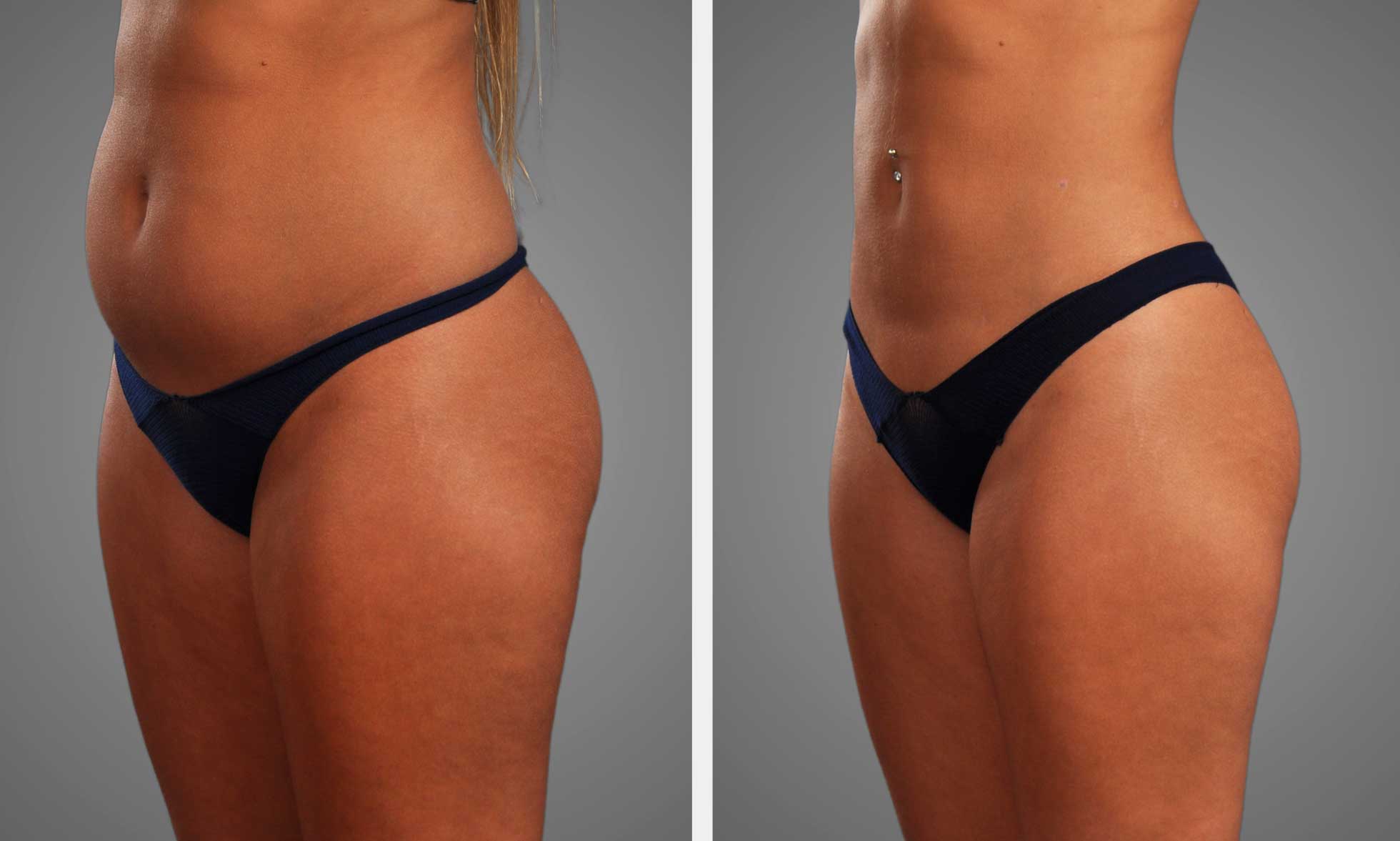
You’ll wake up sore. Wrapped. Compressed. Groggy from anesthesia. And your first instinct might be to sit up. Don’t. Sitting puts pressure on the grafted fat. It risks losing what was just placed. For the first two weeks—or longer—you’ll need to lie on your stomach. Or stand. Or kneel. Special cushions help, but even they don’t replace care.
Your surgeon will give you a timeline. Stick to it. Sitting too soon won’t just hurt—it can reshape your result. This part of recovery isn’t about pain management. It’s about preservation. The fat needs time to settle. To connect. To survive.
If you sit too early, some of it won’t make it. And you might not know until months later.
Compression garments are annoying—but essential
They feel tight. Hot. Complicated. But you’ll wear them anyway. For weeks. Sometimes months. They reduce swelling. Help the skin reattach. Support the areas where liposuction was done. They’re not optional. They’re part of healing.
Don’t guess the size. Let your surgeon choose it. And don’t swap it for something “more comfortable.” These garments are medical tools—not shapewear. Wearing them wrong can lead to fluid buildup. Irregular swelling. Asymmetry.
Take them off only when told. Even if they itch. Even if they feel too snug. This is one of the most effective tools for recovery—you just have to stay with it.
Drainage, bruising, and swelling are part of the process
Your body will leak fluid after surgery. That’s normal. Especially in the first few days. The fluid may look pink or yellow. It’s not a sign of infection—it’s part of how your body cleans itself. You’ll wear pads. You’ll change them often.
Bruises will appear. Not just where fat was added—but where it was removed. Flanks. Stomach. Thighs. They’ll look worse before they look better. They’ll change color. Then disappear.
Swelling lingers longest. Weeks, sometimes months. What you see after surgery isn’t the final shape. The real result won’t settle in until the swelling is gone. And that takes time.
Movement matters—but only the right kind
You won’t lie in bed all day. You shouldn’t. Walking helps prevent clots. It encourages healing. It reduces swelling. But walking doesn’t mean exercise. No running. No squats. No lifting weights. No twisting.
Your surgeon will tell you when you can return to workouts. Until then, short walks are enough. Around the house. Down the hallway. Slow and steady. Let your body rebuild at its own pace.
Trying to rush the process doesn’t help. It sets you back.
Eating right helps the fat survive
The fat that was transferred needs nourishment. That means eating enough. Not dieting. Not fasting. You’ll need protein. Hydration. Nutrients. Think of it like feeding a new transplant. The better you eat, the better it lives.
Hydration helps the swelling go down. Sodium makes it worse. So cut back on salty foods. Focus on whole meals. Real ingredients. Nothing extreme—just enough to keep your body steady while it recovers.
Supplements may be recommended. Iron. Vitamin C. Zinc. Ask your doctor before adding anything. But don’t ignore the role of food. Surgery changes your shape—nutrition helps you keep it.
Lymphatic massages reduce swelling and improve shape
They’re not always pleasant. But they help. Lymphatic drainage massages move fluid. Prevent hard spots. Help contour settle evenly. They’re often recommended within the first week. And continued for several sessions.
Ask your surgeon who to see. Don’t book just anyone. It needs to be someone experienced in post-surgical care. Done wrong, it can cause harm. Done right, it makes a visible difference.
You’ll feel sore after. But lighter. Less tight. The results stack over time.
Sleep positioning can change your results
You’ll be told to sleep on your stomach. Or maybe your side. Definitely not your back. That’s hard. Especially if you’re not used to it. But it matters. Sleeping on the grafts risks killing fat cells. It flattens results. It leads to unevenness.
Some people use pillows to create a nest. Others sleep on massage tables. Do what works. Just don’t give in to old habits too soon. One night on your back can undo weeks of careful healing.
Protect your shape—even when you’re asleep.
Emotions will shift with the swelling
You’ll feel swollen. Lopsided. Bruised. You might question the decision. That’s normal. Post-surgical blues happen. Hormones shift. Your body looks unfamiliar. You see tight garments, not results. You feel soreness, not satisfaction.
But these feelings pass. As swelling fades, confidence grows. As movement returns, doubt quiets. Talk to others who’ve gone through it. Track your progress with photos. Give yourself time.
The emotional recovery is just as real as the physical one.
Follow-ups matter—even when you feel fine
Your surgeon wants to see you. Not just once. Several times. They’ll track your progress. Check for complications. Answer questions you didn’t know to ask. Don’t skip these appointments. Even if you feel okay.
Healing isn’t just how you feel. It’s what the surgeon sees. Your tissue. Your scars. Your shape. These visits help catch problems early. Or reassure you when everything is on track.
Healing is a partnership. Follow-ups keep that partnership strong.
The final result takes months—not weeks
You’ll look different immediately. But not done. The swelling masks everything. The fat hasn’t settled. The shape isn’t stable. Your real results won’t appear for 3 to 6 months. Sometimes longer.
That’s why patience is the last—and hardest—part of recovery. Every week brings change. A little less swelling. A little more softness. A little closer to what you imagined. But it’s slow.
You didn’t rush into this. Don’t rush through the recovery. The shape you waited for is building—quietly, carefully, beneath the surface.
